FAQs about our Sustainable Manufacturing Practices
For questions please reach out to q@ministry of supply.

1. Do you use recycled materials?
Yes! In 2020 alone, our use of recycled polyester diverted 1.2M post-consumer plastic water bottles from landfills.
Virgin polyester generates over 2x the carbon emissions than recycled polyester—That’s why 3/4 of our products that use synthetic fibers contain over 50% recycled materials, with our Aero Zero, Responsive and Mercury Jacket hitting our goal of 100%.
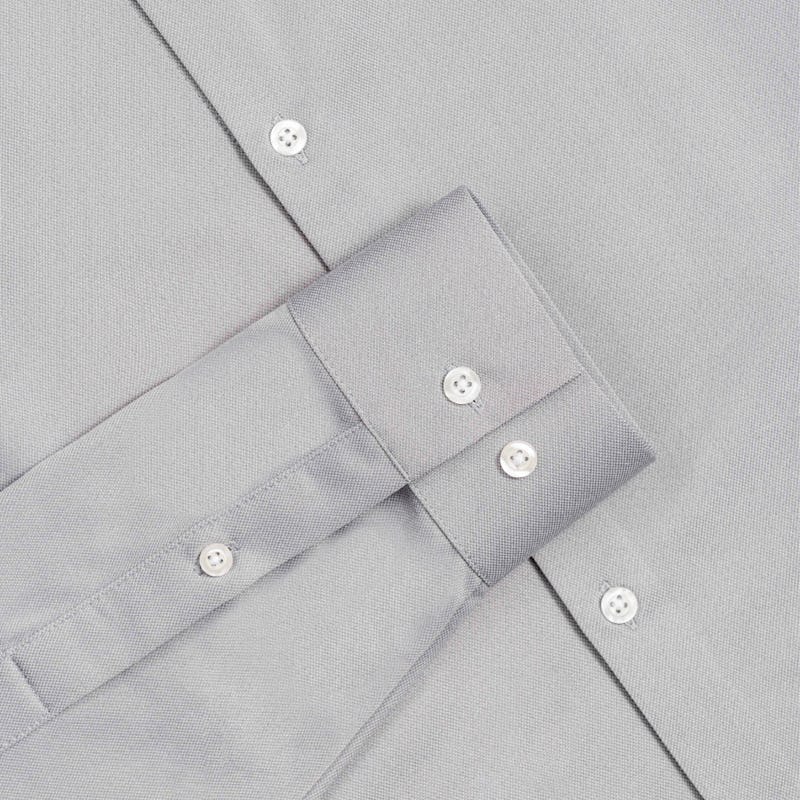
2. Are synthetic materials sustainable?
Yes. Synthetics can be sustainable, depending on the materials and production process. Our fabrics have enhanced performance properties, use less water to produce, don’t require dry-cleaning, and can be recycled.
Interestingly, naturally-derived fabrics aren't always sustainable (or durable), and synthetics aren't always bad. Natural fabrics can take large amounts of land, water, and inexpensive labor to produce, require dry-cleaning, and can release dyes during normal washing and in the dyeing process.
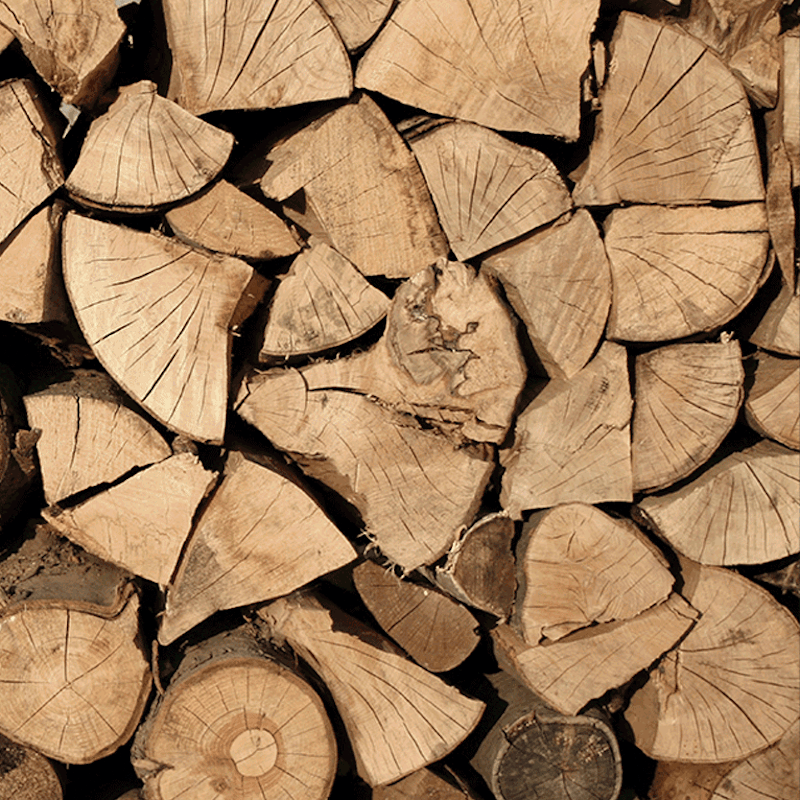
3. Do you use any naturally-derived materials?
Yes. Many of our products contain naturally-derived materials. Wood-derived viscose is used in the 3D Print-Knit product line, as well as in our Fusion fabrics. Cotton is used in our Hybrid and Atlas products, and Merino wool is used in our Composite and Atlas series. Our Kinetic fabric uses bio-based Polyester, which is derived from sugarcane and dent-corn.
We call our approach Scientifically Natural—the perfect blend of performance and natural hand fabrics. Due to their spun-fiber construction and high-gauge knitting, blended materials are an excellent option when optimizing for softness and texture.

4. Are synthetic fabrics safe for my skin?
Yes. Our fabrics undergo Oeko-Tex 100 certification to ensure fabrics won't harm the skin of their wearers and others (specifically babies). The Standard 100 assures consumers that all labeled textile products have undergone laboratory testing for a wide range of harmful substances, and that the content of those substances remains safe for use.
Skin sensitivity: While skin sensitivity varies, our skin reacts to chemical structure. Natural fibers from animals are often more likely to cause allergic reactions than synthetic ones due to the proteins on the yarn surface that cause an immuno-response.

5. What can I do with my garments when I'm done with them?
We engineer our fabrics and garments for long-term durability, but when you’re ready to retire them, we can suggest a few options.
Resell: Every garment we create is styled with a timeless aesthetic, and undergoes 50+ ASTM and AATCC tests for next-level durability and long-lasting performance. If you have pieces you’re no longer wearing, selling secondhand through our Infinity Marketplace can earn you Ministry of Supply store credit, while reducing the CO2 emissions present in the production and transportation of new clothing (and giving time-tested pieces a new lease on life).
Donate: Reuse is a critical component of sustainability. We suggest donating your retired Ministry of Supply gear to a local charity or organization.
Recycle: Depending on your local regulations and resources, our 100% Polyester (PET) garments (Apollo, Responsive, Kinetic) can be recycled.
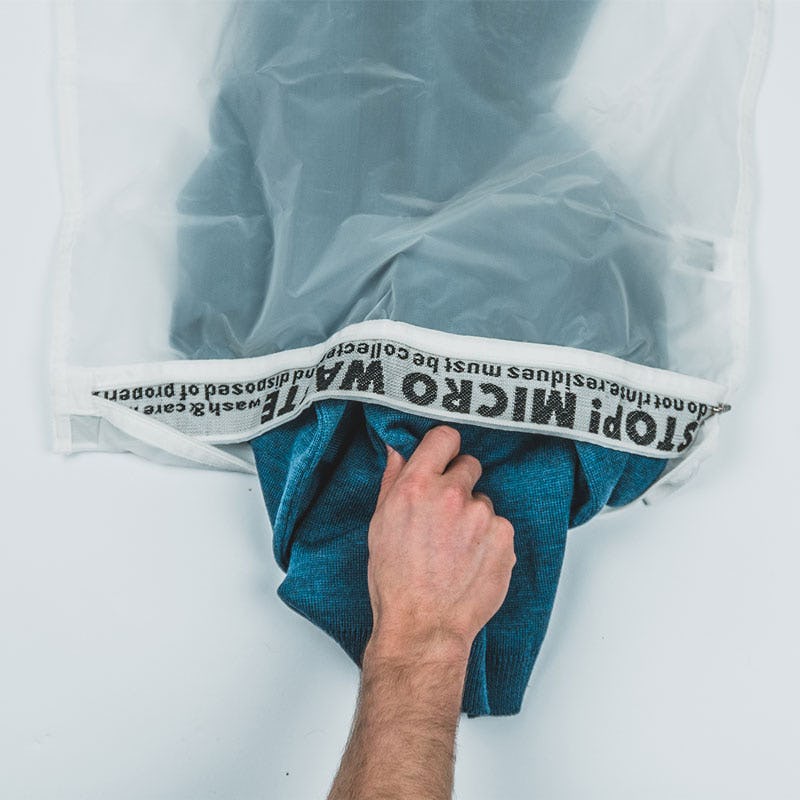
6. Do your products produce microplastics? What can I do to reduce the prevalence of microplastics?
Our synthetic materials are comprised of long fibers that are less likely to “shed” in a wash cycle, compared to other synthetic clothing. To further prevent excess fiber migration, we recommend reusable Guppyfriend Washing Bags that are designed to filter and retain microfibers, for safe post-wash disposal.

7. What are you doing with packaging to ensure less of an environmental impact?
We’ve switched from bleached cardboard to 100% recycled-paper cardboard shipping boxes and mailers, and our garments are shipped in fully bio-degradable (compostable) bags.
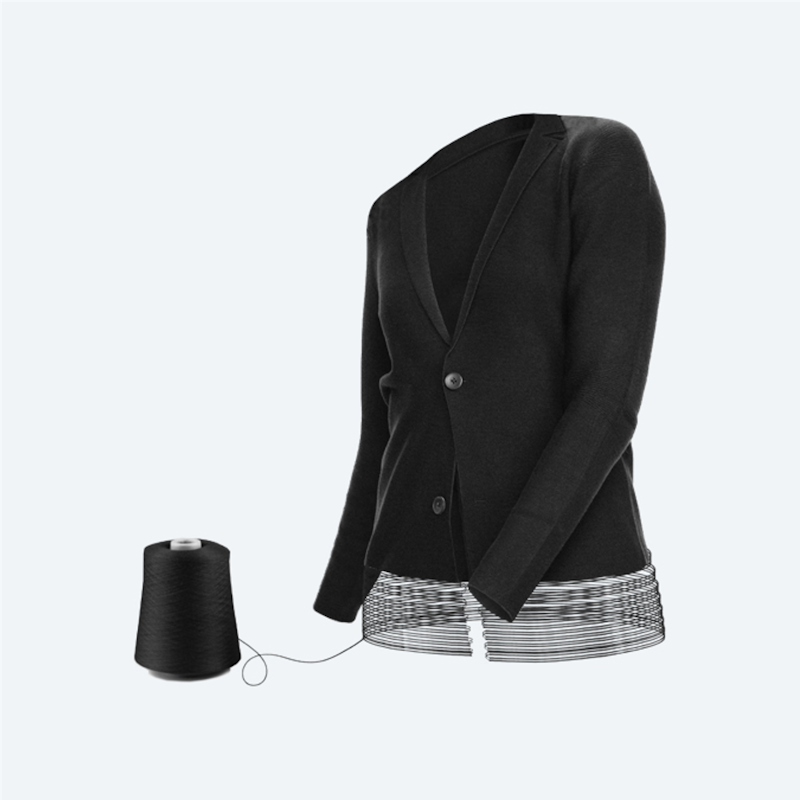
8. Is 3D Print-Knit a sustainable manufacturing process?
Yes. Our 3D-Print Knit process is an additive-manufacturing process—only the material needed for the garment is used during production, saving 35% compared to cut & sew. 3D Print-Knit garments can also be made on-demand, which lowers the chance of obsolete products going to waste.

9. Do you use PFAS/PFOA/PFC Durable Water Repellants?
Durable Water Repellants (DWRs) are a family of fabric coatings that cause water to bead up on the surface of fabric and roll off. Not all DWRs are the same; DWRs that have 8-carbon-long chains are harder to break down and less environmentally friendly. For this reason we've switched to a more sustainable 6-carbon-long DWR (C6), and have switched over to using PFC-Free DWRs.
10. What are PFCs and what are their effects on the environment?
Perfluorinated Compounds (PFCs) are organic compounds containing carbon that repel water due to their negative charge. These compounds wash off garments over time and can end up in the water stream and our food, where they can have negative hormonal effects due to their similar chemical structure. Because of this, we opt for PFC-Free DWRs whenever possible.

11. How can I maintain my DWR-treated garments?
We partnered with Nikwax, waterproofing experts, to offer several biodegradable and water-based sprays that will help revive the breathability and effectiveness of our waterproof (and water resistant) garments.
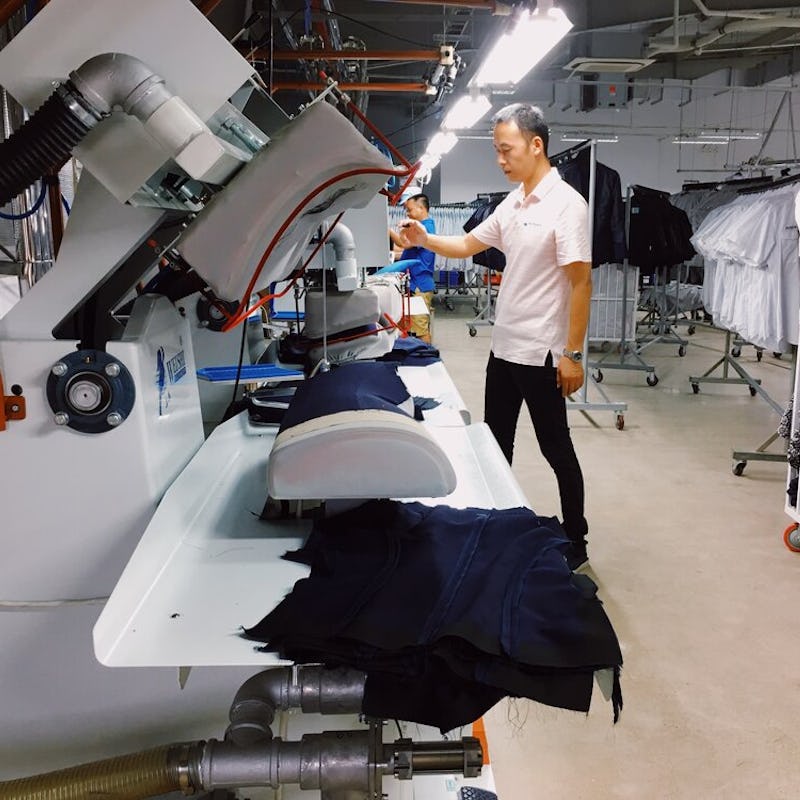
12. Where do you make your garments?
We make the majority of our fabrics in Japan and Taiwan, where performance fabric mills are concentrated. We sew or knit our garments in Japan, Taiwan and nearby in China where we are able to find factories that meet our Ethics, Capabilities and Service standards. Additionally, we do our 3D Print-Knit production in the United States (LA, Detroit, New Jersey and Boston), as well as Japan.
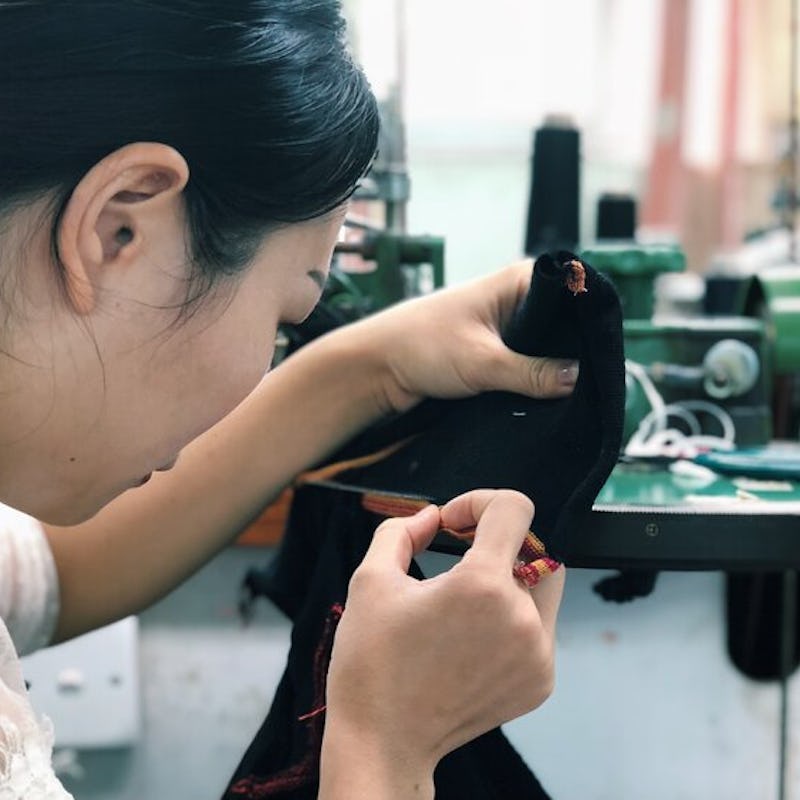
13. What are your criteria for choosing a factory partner?
We choose our partners based on ethics (socially and environmentally responsible manufacturing), capabilities (do they have expertise and equipment to meet our performance, quality and durability standards) and service (are they co-creators and partners in helping us innovate product and supporting our business and customer needs). Price and geography are not factors in our selection criteria.
14. What kind of machinery/technology do your factories use to eliminate waste?
We use additive manufacturing where possible to make our sweater-knit garments, which only uses the material needed.

15. What sustainable and/or work environment certificates do your factories have & what does that mean?
Our design and operations teams personally visit each factory to ensure they are places we would want to work and make products. Additionally, our factories are socially certified through WRAP (Worldwide Responsible Accredited Production) and BSCI (Business Social Compliance Initiative), and our fabric mills have environmentally-responsible production certifications through BlueSign and/or Oekotex 100 (Human-health certification for fabrics).